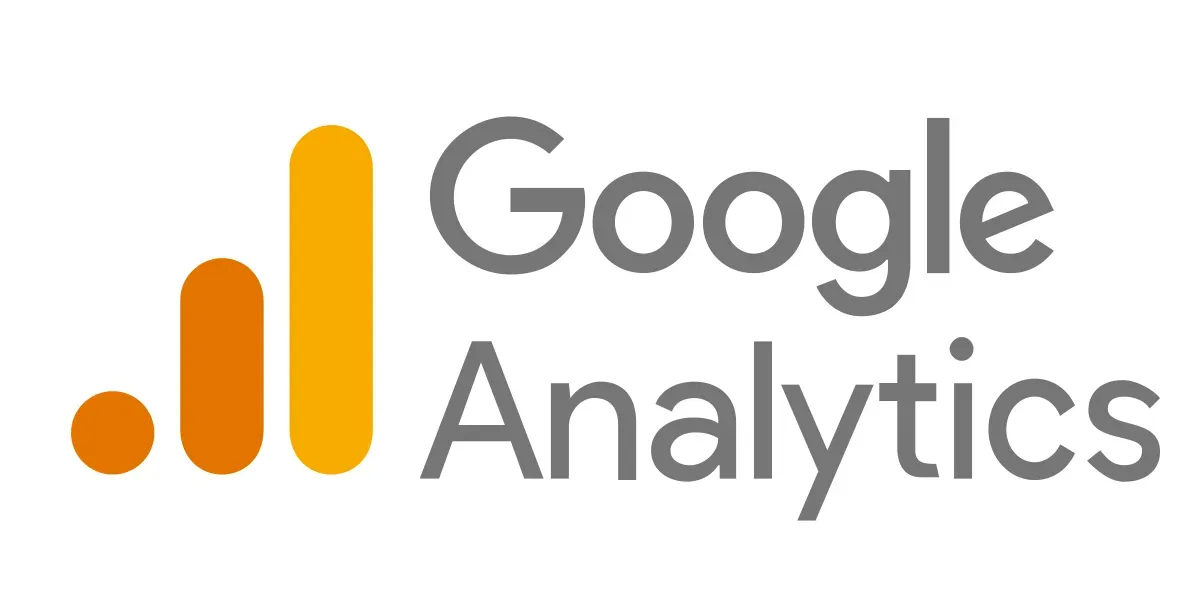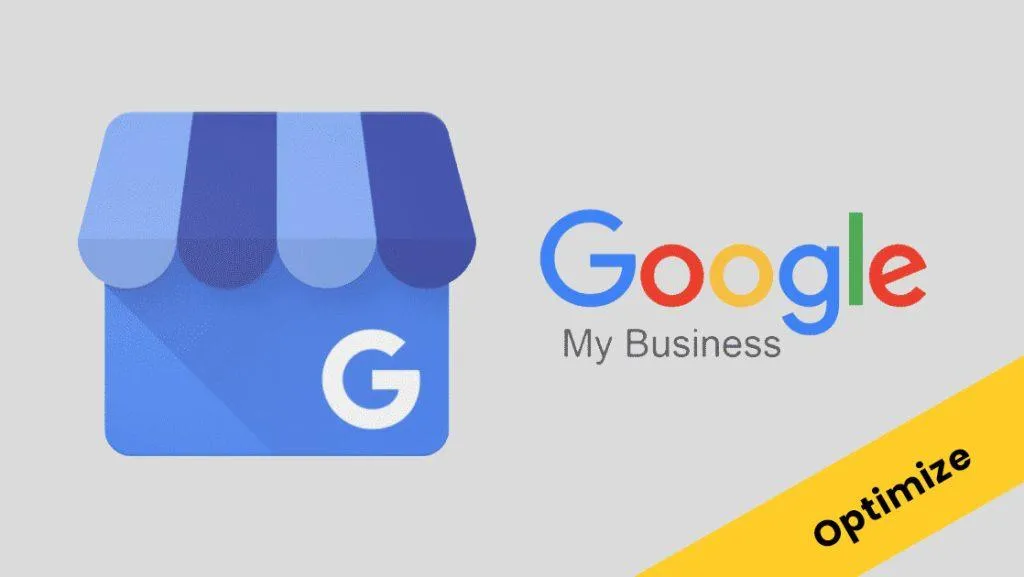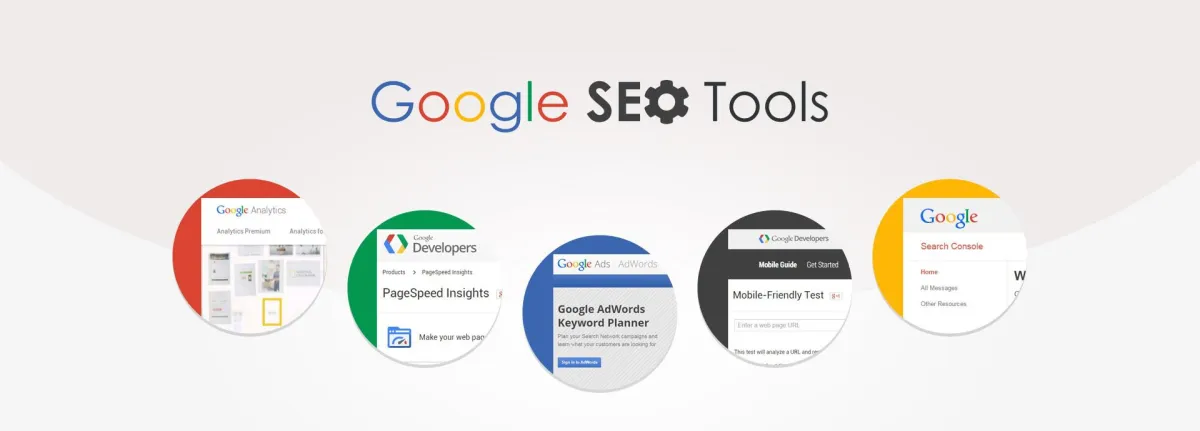
The Ultimate Guide to Growing Your Business with Smart Marketing (Even If You’re Just Getting Started)

The Truth About SEO No One Is Telling Local Business Owners
Most local business owners have heard that SEO is important.
But what no one’s telling you is this:
You don’t need a perfect website. You need a website that gets found.
And in 2025, the SEO game isn’t just about rankings — it’s about relevance, real signals, and reputation.
Google Doesn’t Rank the Best — It Ranks the Most Useful
Local SEO Isn’t About Your Website Alone
Reviews = Rankings (and Revenue)
Most SEO Agencies Sell You Busy Work
How to Make Money Online
If you're stuck in a 9–5 job and searching for ways to make money online, you’re not alone. Every day, millions of people Google this question — but most walk away confused or overwhelmed.
The truth is:
There are a lot of ways to make money online.
But not all of them are worth your time — especially if you’re just starting out.
This guide will break down:
What actually works in 2025
Why most people fail
And how to start your own online business the smart way (without quitting your job)



Mastering Google Search Console & Google Analytics for SEO
A Beginner’s Guide
This guide will help you understand Google Search Console (GSC) and Google Analytics (GA) – two free tools from Google – and how to use them to boost your website’s SEO. We’ll cover what each tool is, why they’re important, how to set them up, key features to focus on, how to interpret the data to improve your rankings and traffic, a weekly/monthly SEO routine, and tips for integrating with other platforms. The tone is friendly and simple, so even if you’re totally new, you’ll feel confident by the end.
What Are Google Search Console and Google Analytics?
Setting Up Google Search Console
Setting Up Google Analytics
Key Features of Google Search Console for SEO
Key Features of Google Analytics for SEO
Interpreting the Data to Improve Rankings and Traffic
Weekly SEO Checklist: Using GSC & GA Regularly
Integrating with Other Platforms and Tools
Empowering Your SEO Strategy with Data
How Reviews Help You Rank #1 on Google
Google reviews aren’t just vanity — they can directly influence whether your local business shows up as the #1 result on Google. For local service business owners, understanding the impact of reviews on local SEO (Search Engine Optimization) is crucial. In this post, we’ll explain how Google reviews affect your rankings in Google Search and Maps, both directly (as part of Google’s algorithm) and indirectly (through customer behavior). We’ll break down the key factors Google looks at – quantity, quality, recency, and keyword relevance of reviews – and share real-world style examples of how a smart review strategy can boost your business to the top. You’ll also get actionable tips to earn more reviews, leverage them for SEO, and handle negative feedback like a pro. Short paragraphs, clear headers, and bullet points will make this an easy read.
Why Google Reviews Matter for Local SEO and Google Maps Rankings
How Reviews Boost Your Rank: A Quick Recap of the Impact
Actionable Steps to Earn (and Leverage) More Reviews
Responding to Negative Reviews and Maintaining Your Reputation
Make Reviews a Priority in Your Marketing Plan



Local SEO Blueprint
How to Rank #1 on Google for Local Service Businesses
Search Engine Optimization (SEO) is the practice of improving your online content so that search engines like Google show your website higher in search results. In simple terms, SEO helps your business appear at the top of Google’s results when customers search for services you offer. Google uses automated programs (“crawlers”) to scan the web and index pages. Then, Google’s algorithm ranks those pages based on hundreds of factors to decide which ones best answer a user’s query. The higher you rank on the search engine results page (SERP), the more likely people are to click your site – in fact, being on the first page of Google can increase click-through rate by ~40%.
What is SEO and Why Local SEO Matters
The 20-Step Local SEO Blueprint for #1 Rankings
Local SEO vs. Traditional SEO
What Local Businesses Need to Know
Local SEO and traditional SEO (also called national or organic SEO) both aim to improve your visibility on search engines, but they work in different arenas. If you run a local service business – like a plumbing company, cleaning service, or home remodeling business – it’s crucial to understand these differences. In this friendly guide, we’ll explain how local SEO differs from traditional SEO, why it matters more for local businesses, and what key steps you should take to boost your local search presence.
Understanding the Difference Between Local SEO and Traditional SEO
Why Local SEO Matters for Local Service Businesses
Key Components of Local SEO
Traditional SEO Pillars vs. Local SEO Focus
When Traditional SEO Still Matters for a Local Business
Actionable Local SEO Tips for Business Owners
Prioritize Your Local SEO Strategy


The Beginner’s Guide to Google Business Profile Optimization
Every day, people in your community are searching on Google for services you offer. If you run a local service business (like a plumbing company, HVAC contractor, salon, etc.), one of the best ways to get found is through your Google Business Profile (GBP) – the free Google listing for your business. In this beginner-friendly guide, we’ll explain what Google Business Profile is, why it matters for local businesses, how to set it up step by step, and tips to optimize each section (name, categories, hours, description, photos, reviews, posts, Q&A, and more). By the end, you’ll see how a well-optimized GBP can boost your local visibility, help you rank on Google, and drive more leads to your business.
What is Google Business Profile (and Why It Matters)?
How to Set Up, Claim, and Verify Your Google Business Profile
Optimization Tips for Your Google Business Profile
How Google Business Profile Optimization Drives Local Visibility and Leads
The SEO Power of City-Specific Service Pages
Local service business owners are always looking for an edge in attracting customers online. One powerful but often underutilized strategy is building city-specific service pages on your website. These are dedicated pages for each city or area you serve (for example, a “Plumbing Services in Denver” page) that highlight your services in that specific location. In this post, we’ll explore what city-specific pages are, why they matter for local SEO, how search engines treat localized content, and how you can create effective city-targeted pages without running into duplicate content issues. By the end, you’ll see how these pages can boost your visibility and you’ll be ready to start building your own city-specific service pages.
What Are City-Specific Service Pages?
Why City-Specific Pages Matter for Local SEO
How Search Engines View Localized Pages (Proximity & Relevance)
General Service Page vs. City-Specific Page – A Quick Comparison
How to Create Effective City-Specific Service Pages
Who Should Use City-Specific Pages?
Best Practices to Avoid Duplicate Content (and Other Pitfalls)
Take Action on Local Pages


Top 10 Free SEO Tools Every Local Business Should Be Using
If you run a local service business, you know how important it is to show up where your customers are looking. These days, that means appearing in online search results – especially on Google. In fact, 46% of all Google searches have local intent (people looking for services or stores near them) . And if your business isn’t showing up online? A whopping 62% of consumers will simply disregard you altogether . The message is clear: improving your online visibility through SEO (Search Engine Optimization) is critical to getting more customers in the door.
Google Business Profile (Google My Business)
Google Analytics
Google Search Console
Google Keyword Planner
Google Trends
Yoast SEO (WordPress Plugin)
Moz Local (Citation Checker)
Screaming Frog SEO Spider
Ubersuggest
Google PageSpeed Insights
Why Your Business Isn’t Showing Up on Google Maps (And How to Fix It)
Imagine opening a store and forgetting to put up the sign. Customers pass by without ever knowing you’re there. That’s what it feels like when your business is invisible on Google Maps – frustrating, confusing, and a huge missed opportunity. In fact, nearly half of all Google searches are seeking local information , and about 70% of people are more likely to visit a business with a complete Google Business Profile . If your business isn’t showing up, you could be losing customers who are actively looking for services like yours.
Incomplete Google Business Profile (Missing Information)
Lack of Reviews or Low Ratings
Inconsistent NAP Citations (Business Info Mismatch)
Unverified Business Profile
Poor Location Authority (Low Local Relevance)
Google Business Profile Suspension
Insufficient SEO (Weak Online Presence)
Put Your Business On the Map


Top 15 Digital Marketing Strategies Every Local Business Should Be Using in 2025
If your business isn’t leveraging at least 5 of these tactics, you’re leaving money on the table in 2025. Digital marketing changes fast—this is your no-BS guide to what’s working right now for service businesses that want more leads, more visibility, and more profit.
Google Business Profile Optimization
Automated Lead Follow-Ups
Short-Form Video
Local SEO Content
Grand Slam Offers
NEPQ-Style Sales Messaging
Retargeting with Email & SMS
Click-to-Call Ads
Use ChatGPT to Speed Up Everything
Backlinking with Local Directories
Daily Social Media Posts
Before/After Visuals for Proof
Referral Systems
Landing Pages for Every Service
Be Everywhere. Or Be Forgotten.
Lead Generation for Local Businesses That Works
Looking to grow your local business without wasting time or money? This guide breaks down a proven system for lead generation for local businesses — from Google optimization to automated follow-up and ad funnels that convert. If you’re ready to stop guessing and start getting consistent, qualified leads…
Read the full strategy here and start building your lead machine today.


Why Most People Never Start Their Business (and How to Be the Exception)
Ever feel like you’re meant to start something bigger — but months (or years) go by and nothing happens? You’re not lazy. You’re not unmotivated. You’re just stuck in the same trap that stops 90% of new entrepreneurs. The good news? Escaping it is simpler than you think. Here’s why most people never launch — and how you can be the exception that finally does.
Why Most Local Businesses Don’t Get Leads from Their Website (And How to Fix It)
Why Aren’t You Getting Leads From Your Website?
Most local business owners assume that once their website is live, the leads will start pouring in.
But here’s the truth:
A “pretty” site that no one finds or takes action on isn’t helping your business.
Before you waste another dollar or day wondering why the phone isn’t ringing, check this out


Starting a Business? Here's What You Deserve to Know
Thinking about starting a business—but don’t know where to begin?
You’re not alone. Most people never get past the idea phase because they feel overwhelmed, unsure, or afraid to waste time and money.
In this blog, we break down what you really need to know before starting a business—from systems to strategy, mindset to marketing.
No fluff. No corporate jargon. Just the honest truth from a team who’s helped beginners launch and grow successful brands from scratch.
Holiday Marketing Strategies to Drive Q4 Growth (Evergreen A1 Marketing)
Ready to Finish the Year Strong?
If you’re a startup or small business, Q4 is your last and often best chance to hit your revenue goals. But without a clear strategy, you’ll miss the surge in holiday demand. In this blog, we’ll show you how to craft high-converting holiday marketing campaigns, build brand momentum, and turn seasonal leads into long-term customers.


Why Most Local Businesses Fail at Marketing (and How to Fix It Fast)
Running a local business is already overwhelming marketing shouldn’t be another mystery. In this post, we break down the real reasons most businesses struggle to get leads (hint: it’s not because of Facebook ads or a bad logo). We’ll show you how to build a simple, effective system that actually works and what you can do this week to start getting results.
Business Website Tips That Actually Get You Clients
You're not alone. Most business owners think having a website is enough but if it’s not built the right way, it won’t bring in calls, leads, or sales.
In this post, we’ll break down the real business website tips that work in today’s market especially for local service businesses and new entrepreneurs.
No tech skills needed. Just practical, proven strategies.

Want to know more?
Reach out to us with any inquiries or collaborations -- We're excited to see you be #1
